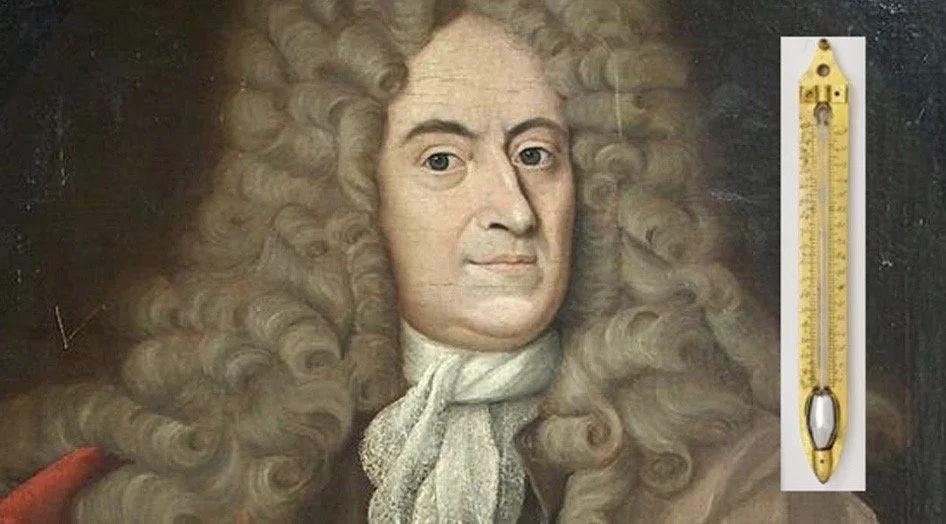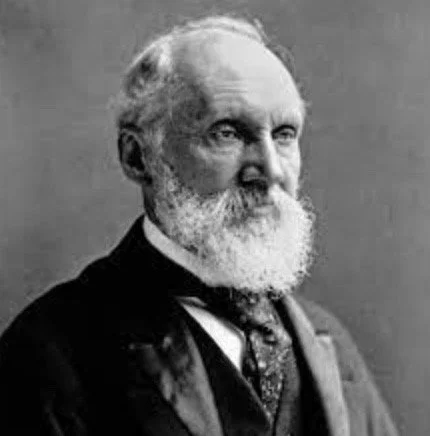The Battle of the Scales
Written By: Hayagreev Kommu
You’ve probably measured the temperature of something or someone. If you’re from the USA you’ve measured it in °F, but if you’re from Iran, you must measure in °C. Maybe you’re a scientist, and your go-to is the Kelvin Scale. So, how did this battle start?
The Fahrenheit Scale
The Fahrenheit scale was invented in 1724 by German physicist Daniel Gabriel Fahrenheit. It was the first temperature scale that was accurate enough to be used for scientific and industrial purposes. Fahrenheit's scale was based on a mixture of water, ice, and ammonium chloride; he assigned the temperature of the freezing point of water as 32 degrees Fahrenheit and the temperature of the boiling point of water as 212 degrees Fahrenheit. The Fahrenheit scale is still used in the United States and some other countries today, but the Celsius scale is the more widely used temperature scale in the world.
So, when did the Celsius scale come into the picture?
The Celsius Scale
The Celsius scale is a temperature scale based on the freezing and boiling points of water, which are defined as 0 °C and 100 °C, respectively. It was invented in 1742 by Swedish astronomer Anders Celsius.
The Celsius scale is now the most widely used temperature scale in the world. It is used in science, engineering, and everyday life. It is also the official temperature scale of the International System of Units (SI).
The Celsius scale is easy to use and understand, and it is reproducible and accurate. It can be used to measure a wide range of temperatures, from the coldest temperatures found in space to the hottest temperatures found in the Earth's core.
It is widely used throughout the world, but the Kelvin scale takes the crown in labs as the SI unit of temperature.
The Kelvin Scale
The Kelvin scale is a temperature scale based on the absolute zero, which is the lowest possible temperature. It is named after William Thomson, better known as Lord Kelvin, who proposed it in 1848.
Kelvin was motivated to invent a new temperature scale because he was dissatisfied with the existing scales, which were not absolute. For example, the Fahrenheit scale has a negative zero point, which is arbitrary and not meaningful in a physical sense.
Kelvin's scale is defined such that absolute zero is zero degrees Kelvin (0 K). This means that on the Kelvin scale, there are no negative temperatures. The temperature of water at its freezing point is 273.15 K, and the temperature of water at its boiling point is 373.15 K.
The Kelvin scale is the most widely used temperature scale in science and engineering. It is used to measure the temperature of everything from the coldest objects in the universe to the hottest plasmas on Earth.
A Truce to End the Battle!
The three temperature scales we discussed are the Fahrenheit scale, the Celsius scale, and the Kelvin scale. Each scale has its own advantages and disadvantages, and the most appropriate scale to use depends on the specific situation.
The Fahrenheit scale is still used in the United States and some other countries, but the Celsius scale is the more widely used temperature scale in the world. The Celsius scale is easy to use and understand, and it is reproducible and accurate. The Kelvin scale is the most widely used temperature scale in science and engineering.


